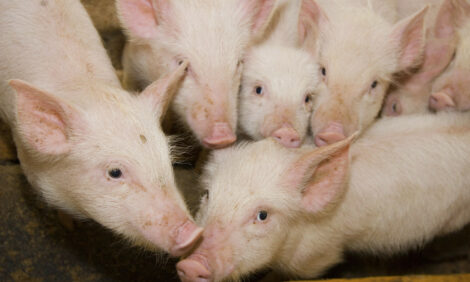



FAO food price index dips as sugar, dairy slide
Meat prices hit record high on strong US beef demand
Global food commodity prices dipped in September as declines in sugar and dairy offset a new peak for meat prices, Reuters reported, citing the United Nations' Food and Agriculture Organisation on Friday.
The FAO Food Price Index, which tracks a basket of internationally traded food commodities, averaged 128.8 points in September, down from a revised 129.7 in August.
The index was up 3.4% on the same month last year, though nearly 20% down from a record level in March 2022 following Russia's full-scale invasion of Ukraine.
Lowest sugar prices since March 2021
The indicator, which had climbed to a two-year peak in July before stabilising in August, was curbed last month by a 4.1% drop for FAO's sugar price index, which reached its lowest since March 2021.
The fall for sugar reflected an improving supply outlook, with higher than expected production in Brazil and favourable harvest prospects in India and Thailand, FAO said.
The agency's dairy price index slipped 2.6% month on month, driven in turn by a sharp decline in butter prices amid increased production prospects in Oceania.
FAO's cereal benchmark saw a 0.6% decline from August, with wheat prices dropping for a third straight month due to large harvests and subdued international demand.
Maize prices also decreased, partly pressured by a temporary suspension of export taxes in Argentina.
The agency's rice index also showed a monthly fall as reduced orders by buyers in the Philippines and Africa weighed.
US beef market drives record meat prices
Vegetable oil prices fell by 0.7% as lower palm and soybean oil quotations offset increases for sunflower and rapeseed oil.
In contrast, FAO's meat price indicator rose by 0.7% to a new record high as beef and sheep meat quotations rose.
Beef prices also reached a new peak, supported by strong demand in the US amid limited domestic supply.
In a separate report, the FAO increased its forecast for global cereal production in 2025 to 2.971 billion metric tons from 2.961 billion tons projected last month.
The latest outlook was up 3.8% from 2024 output, marking the largest annual increase since 2013, it said.
The upward revision was attributed to higher production prospects for wheat, maize and rice.









